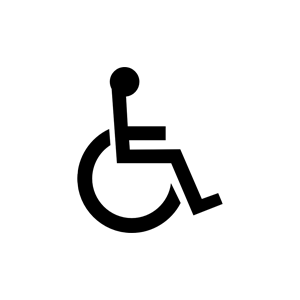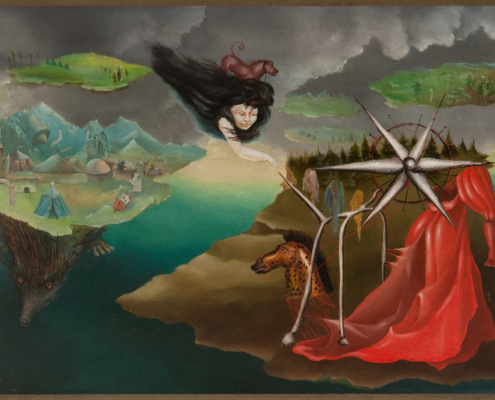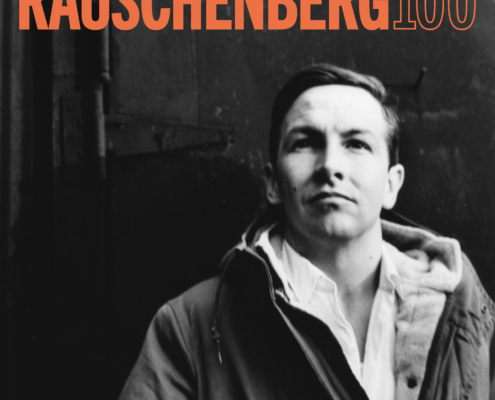Robert Rauschenberg: Real Time
November 16, 2025, through April 26, 2026
Robert Rauschenberg: Real Time is part of the centennial celebration of the artist’s birth. Hosted in South Florida, the state Rauschenberg called home from late 1970 until his death in 2008, the exhibition features NSU Art Museum’s extensive holdings of experimental prints from the 1970s and his photographs from the early 1950s on loan from the Frederick R. Weisman Art Foundation. Also on view are films by Charles Atlas of Rauschenberg’s set and costume collaborations with choreographer Merce Cunningham.
Born in 1925, in Port Arthur, Texas, Rauschenberg moved to New York City in 1949 after studying art at North Carolina’s experimental Black Mountain College. He quickly gained a reputation as an enfant terrible, who radically eroded the boundaries between art and life with his groundbreaking Combines, which fused painting, photography and sculpture. These works confront viewers in their own space with objects taken from everyday life such as a quilt, tire, ladder and Coco-Cola bottles. Rauschenberg experimented with new technologies, collaborated with contemporary dancers and composers, and breathed new life into printmaking. His painting Rebus, 1955, boldly declared that his paintings were visual puzzles that could be “read” as well as looked at.
Printing techniques became an essential means by which Rauschenberg could introduce the real world and current events into his work. In the 1950s, he began transferring the ink from printed newspapers and magazines to his drawings and Combines by rubbing the back of the printed source that had been soaked in a solvent, face down on the work. He subsequently adopted the print technique of silkscreening to transfer and scale up photographic images to his work after seeing Andy Warhol’s silkscreen paintings in 1962. While the found text and images Rauschenberg transferred to his work reflected current events at the time of their creation, they are perpetually experienced by viewers in their present.
Rauschenberg innovated new printing techniques throughout his career in collaboration with various print publishers.The works in this exhibition demonstrate the continued primacy of real, everyday objects in Rauschenberg’s experimental prints and multiples of the 1970s.
RAUSCHENBERG100
Robert Rauschenberg’s strong conviction that engagement with art can nurture people’s sensibilities as individuals, community members, and citizens was key to his ethos. The centennial celebrations seek to allow audiences familiar with him and those encountering the artist for the first time to form fresh perspectives about his artwork.
A year of global activities and exhibitions reexamines the artist through a contemporary lens, highlighting his enduring influence on generations of artists and advocates for social progress. The centennial’s activation of the artist’s legacy promotes cross-disciplinary explorations and creates opportunities for critical dialogue.
Curated by Bonnie Clearwater, Director and Chief Curator and Ariella Wolens, Bryant-Taylor Curator














